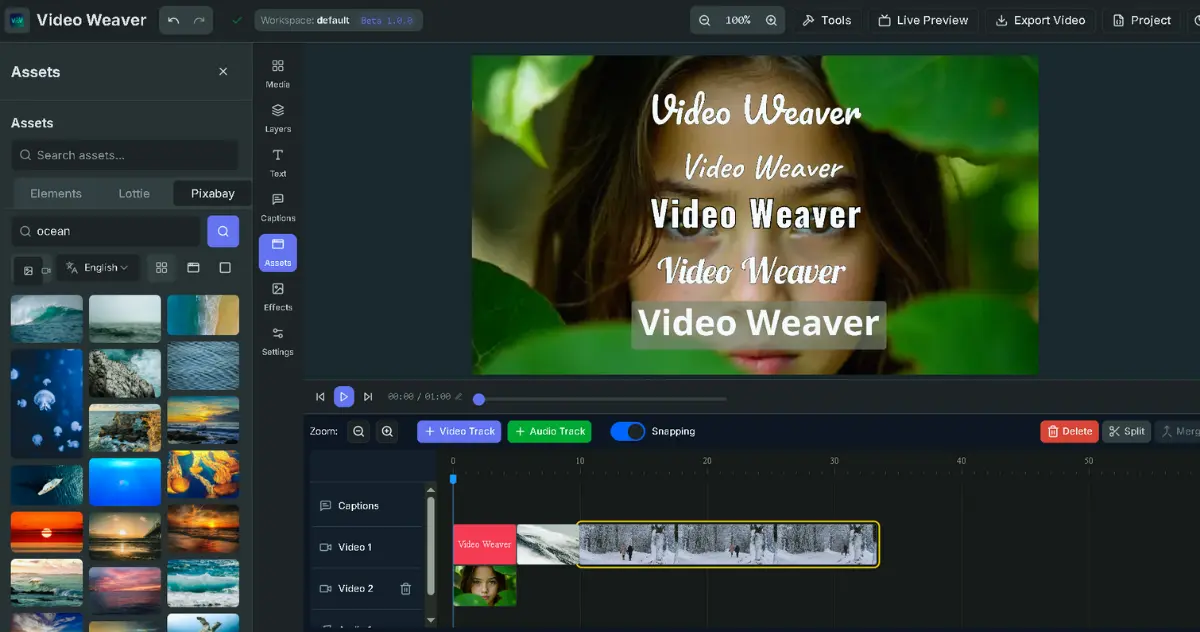The Advent of Kimi Linear: How Moonshot AI Achieves the Perfect Balance Between Performance and Efficiency
An in-depth look at the Kimi Linear architecture from Moonshot AI, a hybrid linear attention technology that not only surpasses traditional models in long and short text tasks but also increases decoding efficiency by several times, pointing to a new direction for the future development of large language models.**
The “Sweet Burden” of the Million-Token Era
Large Language Models (LLMs) are evolving at an unprecedented rate, from a context length of a few thousand tokens to the astonishing level of a million tokens today. This is undoubtedly an exciting development, meaning that models can process entire books, complete codebases, or lengthy financial reports. But behind this “sweetness” lies a huge computational “burden.”
Did you know? The core of the traditional Transformer architecture—the Softmax attention mechanism—sees its computational complexity and memory consumption soar quadratically when processing long texts. It’s like your computer’s memory, where every bit of data added to the process causes the occupied space to grow exponentially. Among them, the mechanism known as the “KV cache” is particularly resource-intensive, expanding linearly with the growth of the input sequence and becoming the main bottleneck for long-text inference.
So, the question is: can we have a model that can both understand a million-word tome and respond as quickly as if it were processing a short message? This seems to be an unsolvable dilemma.
Kimi Linear: Not Just “Another” New Architecture
Just as everyone was struggling to find an answer, the team at Moonshot AI, who developed the Kimi intelligent assistant, appeared with an amazing technical report. They introduced a brand new architecture—Kimi Linear.
This is not just another incrementally improved model. Kimi Linear is a hybrid linear attention architecture that, for the first time, has comprehensively surpassed traditional Full Attention models on a fair comparison basis in various scenarios—whether it’s short-text understanding, long-text reasoning, or complex reinforcement learning tasks.
Sounds a bit abstract? Let’s look at the actual data: when processing a context of 1 million tokens, Kimi Linear’s decoding throughput (i.e., speed) increased by 6.3 times, while also reducing the critical KV cache usage by 75%. This means that it not only runs faster but also consumes less. How on earth was this achieved?
The Core Magic: The More Refined Kimi Delta Attention (KDA)
The secret weapon of Kimi Linear lies in its core module—Kimi Delta Attention (KDA).
We can think of traditional linear attention as a brain with a good but somewhat rough memory; it tries to remember everything but doesn’t quite know how to “selectively forget.” KDA, on the other hand, is like a precisely trained brain with fine-grained memory management capabilities.
KDA extends the existing Gated DeltaNet technology by introducing a more delicate “channel-wise gating” mechanism. Simply put, instead of treating all information equally when deciding whether to retain or forget, it can set independent forgetting rates for each feature dimension (which can be understood as different aspects of information). This allows the model to control its memory more precisely, discarding irrelevant noise while firmly remembering key information.
What’s even better is that KDA was designed with hardware efficiency in mind from the very beginning. Through a custom block-parallel algorithm, its computational efficiency is nearly 100% higher than the general DPLR (Diagonal-Plus-Low-Rank) method, maximizing speed while ensuring performance.
A Powerful Alliance: The 3:1 Golden Hybrid Ratio
Although KDA is already very powerful, pure linear attention still has its theoretical limits in some extremely fine-grained information retrieval tasks. To solve this problem, Kimi Linear adopts a clever hybrid strategy.
It does not completely abandon traditional global attention (referred to as MLA in the paper) but combines the two to form a 3:1 layer-level hybrid architecture that can be called a golden ratio. Specifically, for every three efficient KDA linear attention layers in the model, there is one powerful MLA global attention layer.
The benefits of this design are obvious:
- The KDA layers act as the main force, responsible for processing most of the token information, significantly reducing computational and memory costs.
- The MLA layers act as a periodic “information summary,” ensuring that the model does not lose any key global correlations when processing long sequences.
This combination allows Kimi Linear to enjoy both the speed and efficiency of linear attention and the precision and power of global attention, ultimately finding the perfect balance between performance and efficiency.
The Proof is in the Pudding: Sweeping Major Evaluation Benchmarks
No matter how good the theory sounds, it ultimately has to be verified by performance. Kimi Linear has demonstrated its superior performance in a series of rigorous benchmark tests.
In short-text tasks, such as MMLU-Pro, Kimi Linear’s performance comprehensively surpassed baselines including the Full Attention model (MLA). This shatters the traditional impression that “linear attention performs poorly on short texts.”
In long-text tasks, Kimi Linear showed an overwhelming advantage. In tests with a context length of 128k, such as RULER, it led the competition by a large margin with a high score of 84.3, proving its powerful ability to process long sequences.
Of course, the most impressive thing is the inference efficiency. As can be seen from the chart in the report, when the decoding length reaches 1 million tokens, Kimi Linear’s time per output token (TPOT) is only 1.84 milliseconds, while the Full Attention model requires 11.48 milliseconds. This 6.3-fold speed difference means that users will hardly feel any delay in long interactions with the model.
Born for the Community: The Power of Open Source
The Moonshot AI team knows that the best way to advance technology is through openness and collaboration. Therefore, they chose to open-source the important achievements of Kimi Linear to the entire community.
This includes:
- The core KDA operator
- The integration implementation with the vLLM inference framework
- The pre-trained and instruction-finetuned model weights
This means that developers and researchers around the world can download and use this cutting-edge technology. You can find the model on Hugging Face and view the relevant code on GitHub. This move will undoubtedly accelerate the popularization and innovation of high-performance large language models.
Conclusion: Kimi Linear is Not Just Faster, It’s the Future
The emergence of Kimi Linear is not just the release of a faster model. It provides a rigorously validated new paradigm for LLM architecture that combines top-tier performance with extreme efficiency. It proves that we do not have to make a painful choice between the “intelligence” and “speed” of a model.
As AI applications become more deeply integrated into our lives, especially in the field of Agentic Intelligence, which requires processing massive amounts of real-time information, a powerful and efficient architecture like Kimi Linear will become an indispensable cornerstone. This is not just a victory for Moonshot AI, but also an important step for the entire AI field towards a more practical and widespread future.




